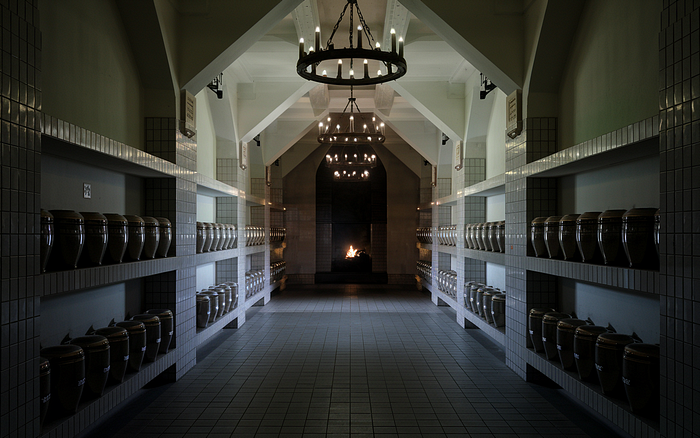
Introduction: A Fear Few Dare to Say Out Loud
Of all the end-of-life fears that haunt the human mind, few are as chilling as this one: What if I’m not really dead? What if someone mistakenly thinks I’m gone… and they cremate me alive?
This fear has shown up in horror movies, whispered stories, and viral social media posts for decades. It feels so raw and nightmarish that it sticks in your imagination.
But is there any truth to it?
In this article, we’ll examine whether anyone has ever actually woken up before being cremated, where this fear comes from, what protocols exist to prevent it, and why the myth remains so persistent.
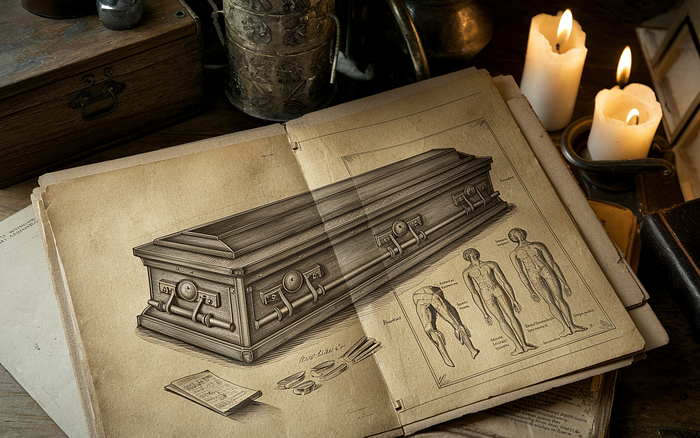
Where This Fear Comes From: History and Horror
Long before cremation became a mainstream practice, people feared being buried alive. In fact, this fear was so strong in 18th and 19th century Europe and America that inventors created “safety coffins” equipped with bells, flags, or air tubes in case someone woke underground.
This deep-seated anxiety carried over to modern times as cremation became more common. Stories of premature burial evolved into tales of accidental cremation.
Much of the public fear is fueled by fictional works like Edgar Allan Poe’s The Premature Burial, where characters wake inside tombs. In today’s world, horror films and online hoaxes have replaced Gothic novels as the main fuel for this anxiety.
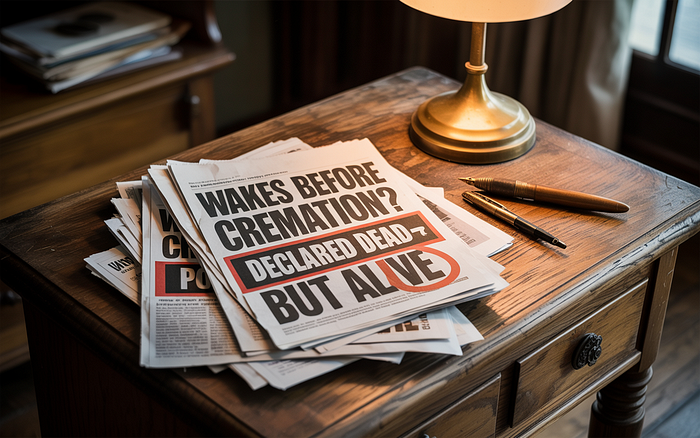
Has It Ever Actually Happened? Cases and Claims
Despite how frightening the idea is, there is no verifiable modern case of someone being cremated alive due to mistaken death. However, that hasn’t stopped the internet from spreading some sensational stories:
The India Case
In 2016, some viral posts claimed that an elderly woman in India was mistakenly declared dead and woke up as her body was about to be cremated. However, no credible Indian news outlets confirmed the story, and it appears to be an internet hoax.
The China Incident (2022)
A shocking video emerged showing a Chinese funeral home employee placing a living person in a body bag. The elderly man had been declared dead by a nursing home. He was rescued before cremation. This case involved gross medical negligence but did not result in cremation. (Source: CNN)
Fake News & Clickbait
Several clickbait articles over the years have claimed real-life cremations of living people. Upon investigation, most originate from satire websites or fabricated tabloids. Sites like World News Daily Report are notorious for this.
So while the fear is real, the reality is not. No person has ever been documented as waking inside a cremation chamber.

The Role of Modern Medicine: Why This Doesn’t Happen Today
The good news? Modern medicine and cremation laws have evolved to make premature cremation virtually impossible.
Before a body is approved for cremation:
- A licensed physician must certify death through strict clinical signs
- A second verification (sometimes by a coroner or medical examiner) is often required
- Cremation permits and documentation must be approved by state or local authorities
- A legally required waiting period (24–72 hours) often applies to allow for error review or family intervention
Physiological signs like rigor mortis, loss of brain activity, and absence of cardiovascular function are carefully measured before death is certified.
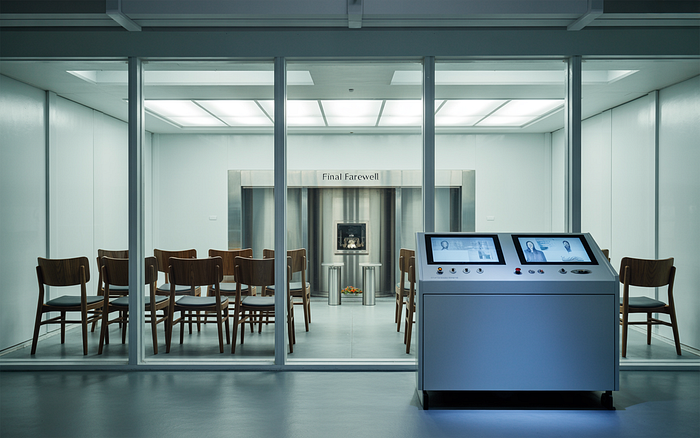
How Cremation Works: From Certification to Flame
Understanding how cremation works helps relieve fear. Here are the key stages:
- Medical Certification of Death
- Transport to Funeral Home or Mortuary
- Body Identification and Tagging
- Refrigeration or Embalming (if needed)
- Signed Cremation Authorization Forms (from next of kin)
- Waiting Period (if required by law)
- Cremation in a High-Temperature Chamber (1400–1800°F)
These steps are strictly regulated. Operators must verify identity, paperwork, and signatures before proceeding. Crematory logs, ID disks, and surveillance systems are common.
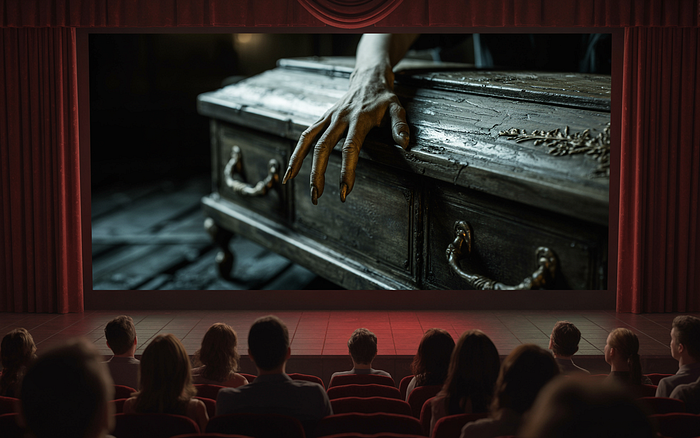
Why the Fear Persists: Human Psychology and Horror Media
Our brains are hardwired to fear death and the unknown. Stories of people waking up in coffins or body bags strike a deep nerve.
Hollywood doesn’t help. From Buried to The Lazarus Effect, the theme of returning from the dead (or waking too late) is a popular trope. Even well-meaning articles can mislead when headlines exaggerate or distort facts.
Social media accelerates misinformation. One viral post can create years of fear.
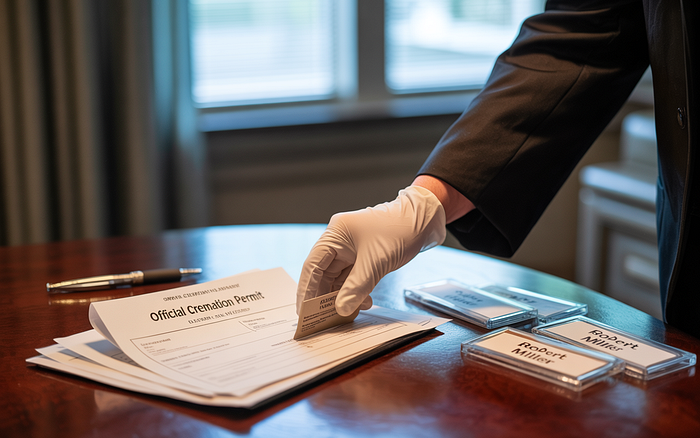
What Safeguards Exist Today? Legal and Cultural Practices
To ensure dignity and prevent mistakes, many safeguards are built into modern cremation:
- Double-checking identity tags and case numbers
- Cremation authorization forms signed by next of kin
- Medical examiner sign-off in most jurisdictions
- Time-delayed procedures and body holding areas for reevaluation if needed
- CCTV surveillance in many crematoriums for recordkeeping
Many cultures also incorporate additional rituals to confirm death before cremation, including final family viewings, religious rites, and anointing practices.
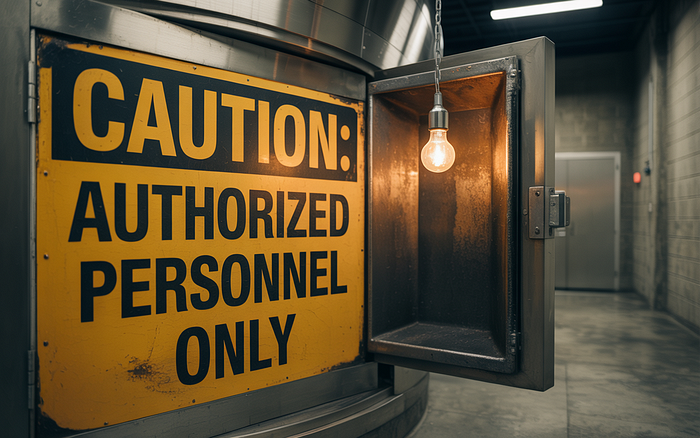
When Mistakes Happen: What If the System Fails?
No system is perfect. Medical errors can occur. However, cremation is often the last step in a long process. The chance of someone surviving to that point without detection is astronomically low.
When errors do occur (as in the China case), public outrage leads to reforms and stricter oversight. Funeral directors and crematory staff are trained to notice anomalies like shallow breathing or involuntary movement.

How to Talk to Family About These Fears
End-of-life planning is hard. But it’s better to talk now than to worry later.
If you or a loved one fears premature cremation:
- Ask about your state’s verification laws
- Talk with your funeral home director about safeguards
- Include specific instructions in your will or advance directive
- Request a delay before cremation or a final family viewing
- Transparency is the best medicine for fear.
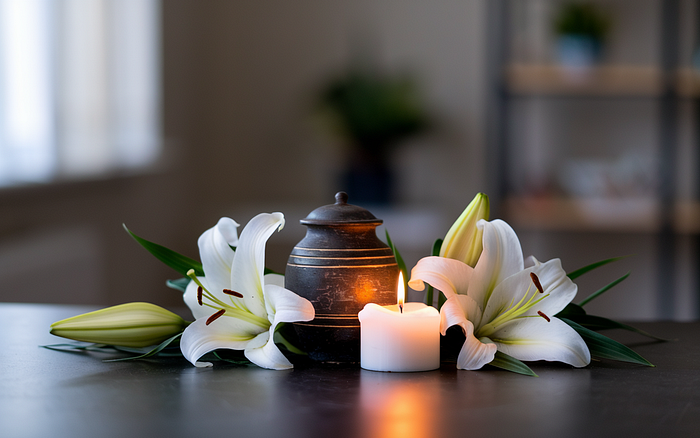
Final Thought: Debunking the Myth, Preserving the Dignity
Has anyone ever woken up before being cremated? According to all known evidence: No. And thanks to modern medicine and strict cremation laws, this fear — while powerful — is far more myth than reality.
Still, your concerns deserve respect. If you’re planning a cremation, ask questions. Choose providers you trust. Make sure everyone involved honors the final act with the dignity it deserves.
Because in the end, peace of mind is a legacy too.

🛍️ Thoughtful Tools to Memorialize Your Loved One
Pulvis Art Urns — Want to keep your loved one close in a way that feels beautiful and intentional? Pulvis creates handcrafted ceramic urns that double as art. Every piece is unique, just like the life it represents.
🔗 Explore Pulvis Art Urns

Cremation Keepsake Jewelry — Carry their memory with you always. These elegant pendants and lockets are designed to hold a small portion of ashes — a discreet, wearable tribute for those who want to keep their connection personal.
🔗 View Keepsake Jewelry